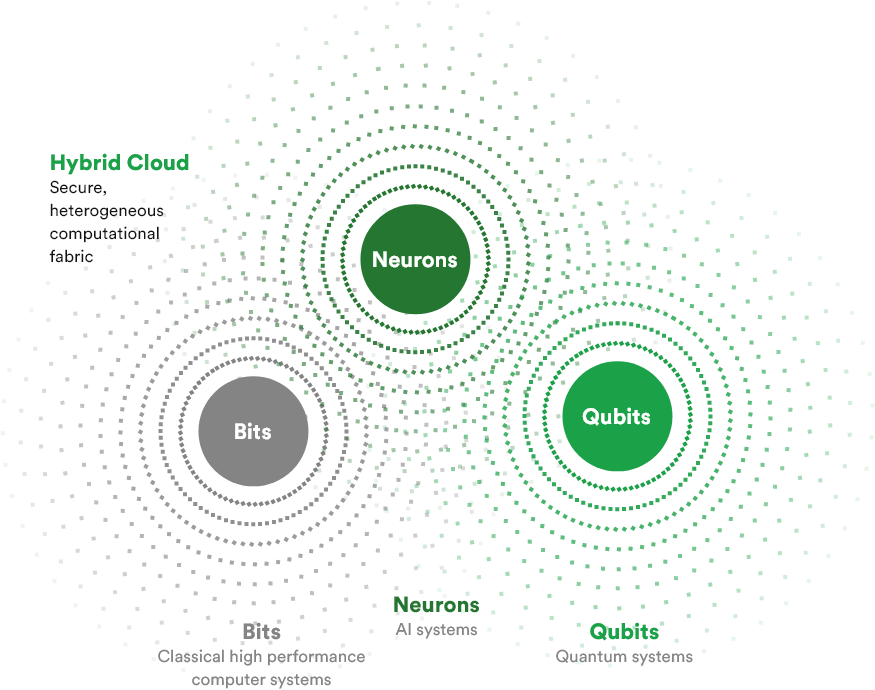Home » Quantum8

The power of quantum computing rests on two cornerstones of quantum mechanics: interference and entanglement.
The principle of interference allows a quantum computer to cancel unwanted solutions and enhance correct solutions.
Entanglement means the combined state of the qubits contains more information than the qubits do independently.
Together, these two principles have no classical analogy and modeling them on a classical computer would require exponential resources. For example, representing the complexity of a 100-qubit quantum computer would require more classical bits than there are atoms on the planet Earth.
The building blocks of quantum computing are already emerging. Quantum computing systems are running on the cloud at an unprecedented scale, compilers and algorithms are rapidly advancing, communities of quantum-proficient talent are on the rise, and leading hardware and software providers are publishing technology roadmaps. The technology’s applicability is no longer a theory but a reality to be understood, strategized about, and planned for. And good news: the steps you should take to prepare for future quantum adoption will begin to benefit your business now.
It is precisely the advances in traditional classical computing, plus advances in AI, that are driving the most important revolution in computing since Moore’s Law almost 60 years ago. Quantum computing completes a trinity of technologies: the intersection of classical bits, qubits, and AI “neurons.” The synergies created by this triad—not quantum computing alone—are driving the future of computing.